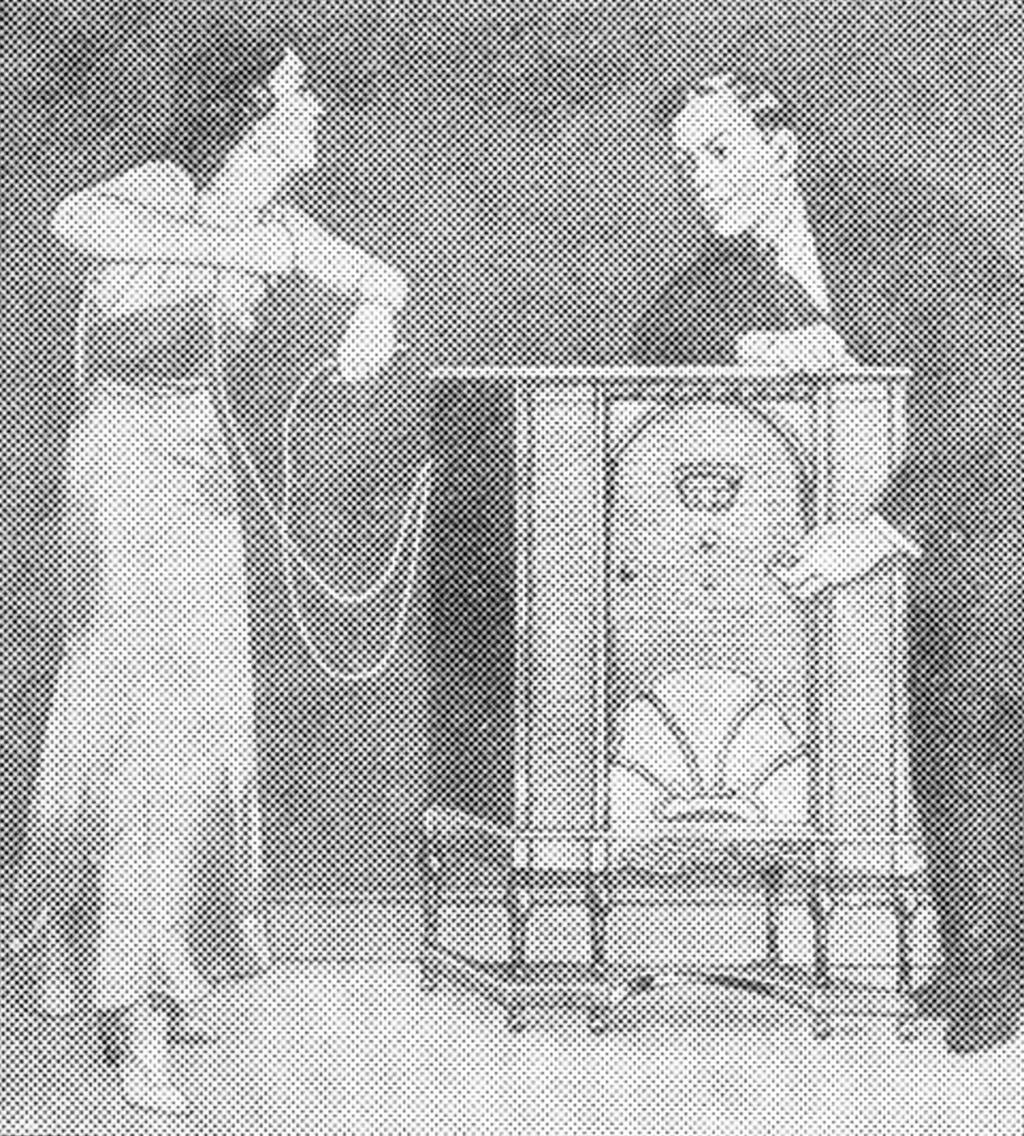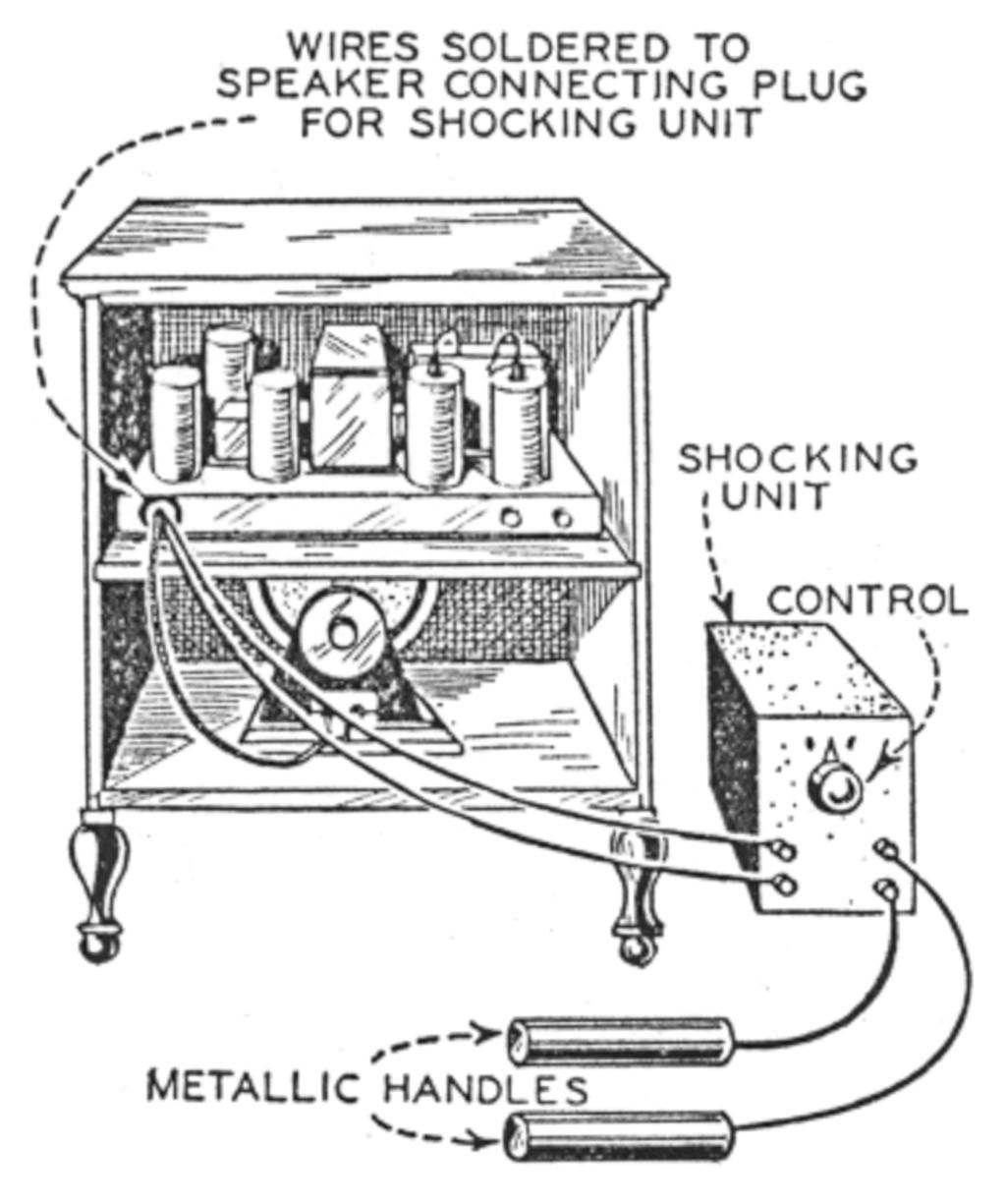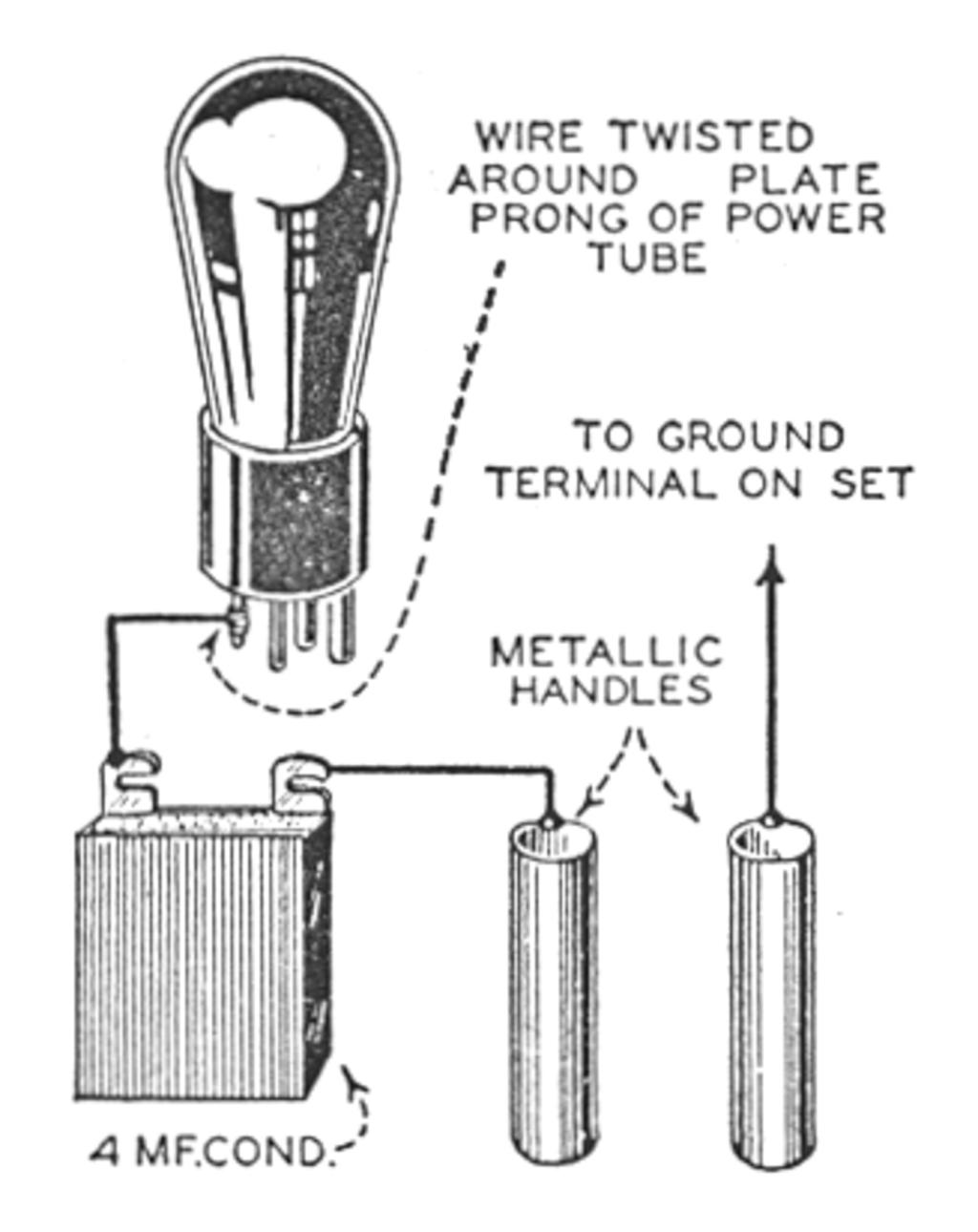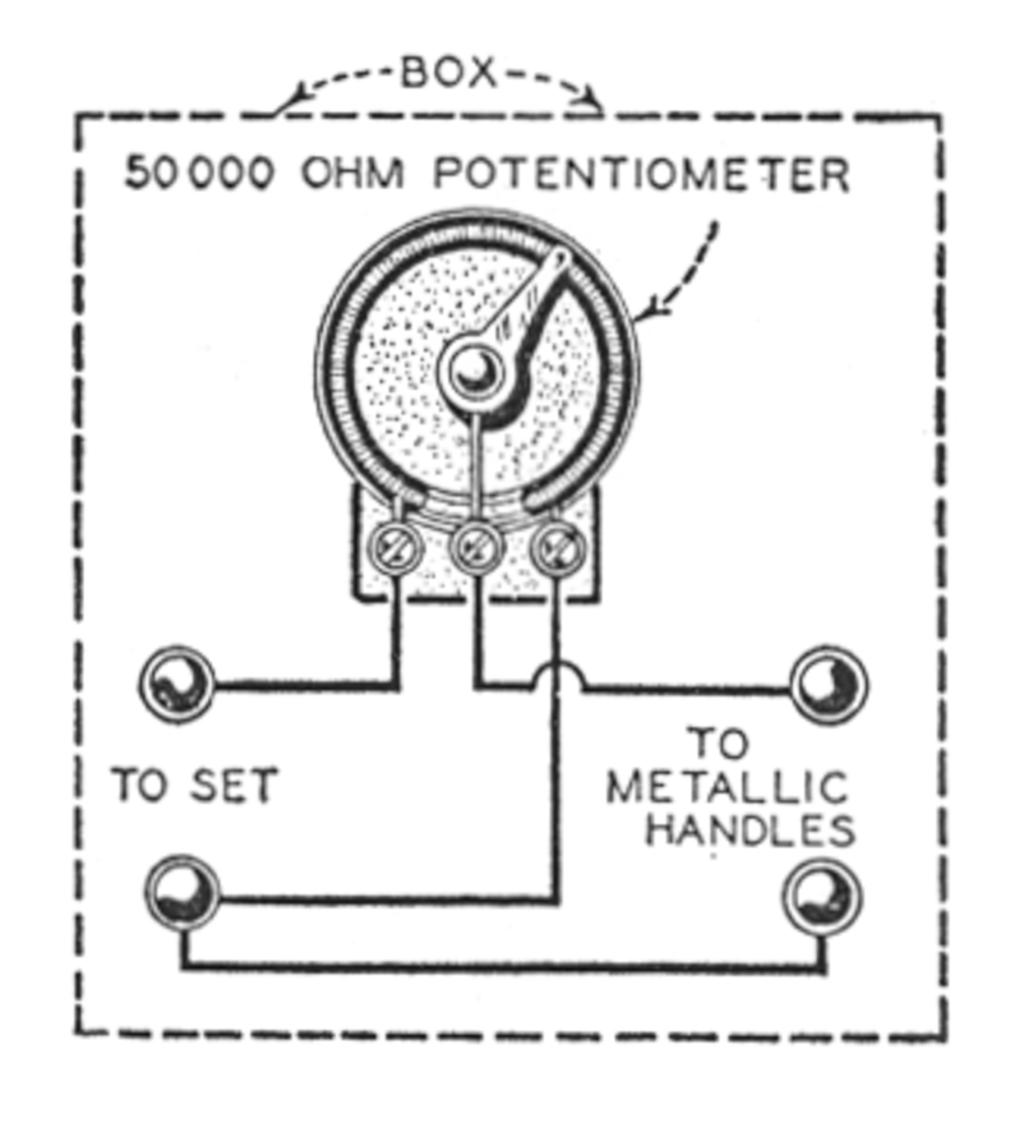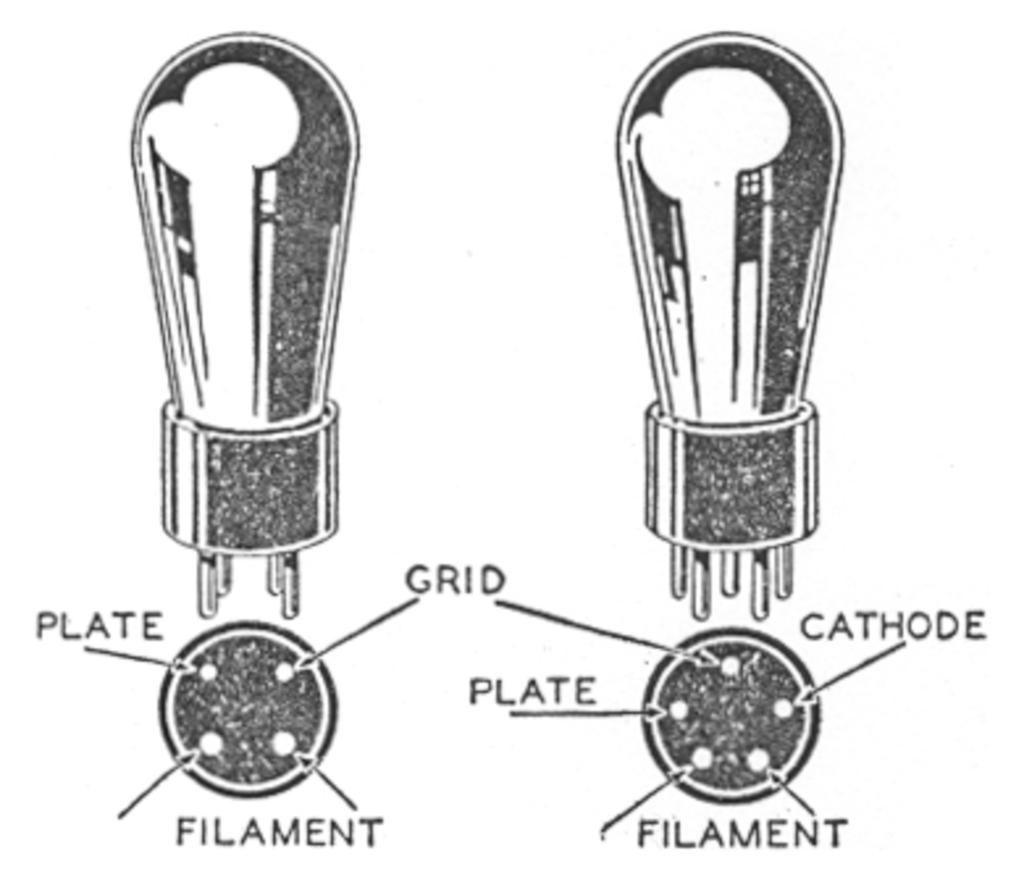TCBA Volume 8 - Issue 1
Page 6 of 18
Fun with your Broadcast Radio Set
Prizes for Radio Ideas
Have you some entertaining specialty, or have you found some way to get more out of your radio by simple means?
Tell us about it: the best stunt submitted each month will receive a prize of a
$6.50 Rolled Gold Conklin Fountain Pen
metal barrel, high-grade point, everlasting quality. This fine prize is offered for wrinkles which are within the reach of the ordinary set owner - not those which require a laboratory, or the building of a special set. The simpler, the better.
Remember, that a radio set is an electrical instrument that also gives power, electrical as well as mechanical. This power can be used for other purposes besides working a loud speaker.
The prize winner will appear in the radio department each month, beginning in the January issue.
• THERE is a type of radio fan who finds additional pleasure in experimenting with electrical apparatus.
These enthusiasts do not profess a very great knowledge of radio, but they are interested in learning how to try simple experiments and make the less complicated types of apparatus. They are offered a wide scope of experiment in the construction of novelties for the radio.
The Electric Shocker
Almost everyone has, at one time or another, held the handles of a penny “shocking machine,” and felt the effect of the current which seems to hold you in spite of all efforts to let go. These machines use high-frequency current, so that you cannot be burned or otherwise injured by the current flowing through your body.
Radio fans who are fond of playing practical jokes on their friends will derive much pleasure from a radio shocking machine, that uses the radio “signals” in any receiver to produce shocks.
Two units, each adapted to a particular type of set, are described. The first, for sets with a single power tube, consists of a large condenser - about 4 mf. capacity, connected to the power tube; two metallic handles for the “victim” to grasp; and several pieces of insulated copper wire. The power tube usually has a larger glass bulb than the other tubes in the set and in practically all receivers except those using the new pentodes it will have a four-prong base. (Several manufacturers specializing in “adapters” make tube connectors that permit a wire to be connected to any of the tube prongs. These “adapters” consist of flat discs of insulating material with holes to match the prongs; the tube prongs are pushed through these holes, and a metal contact touches the correct one. Either a wire lead or a terminal is provided for outside connections. The tube can then be returned to its socket with the adapter in place.)
After the wire has been connected to the plate prong (see Fig. 4) of the power tube, the other end is attached to one side of the condenser, and the remaining condenser terminal is connected to one of the metal handles. The other handle is connected to the ground terminal on the receiver to complete the circuit. This is shown in Fig. 2.

